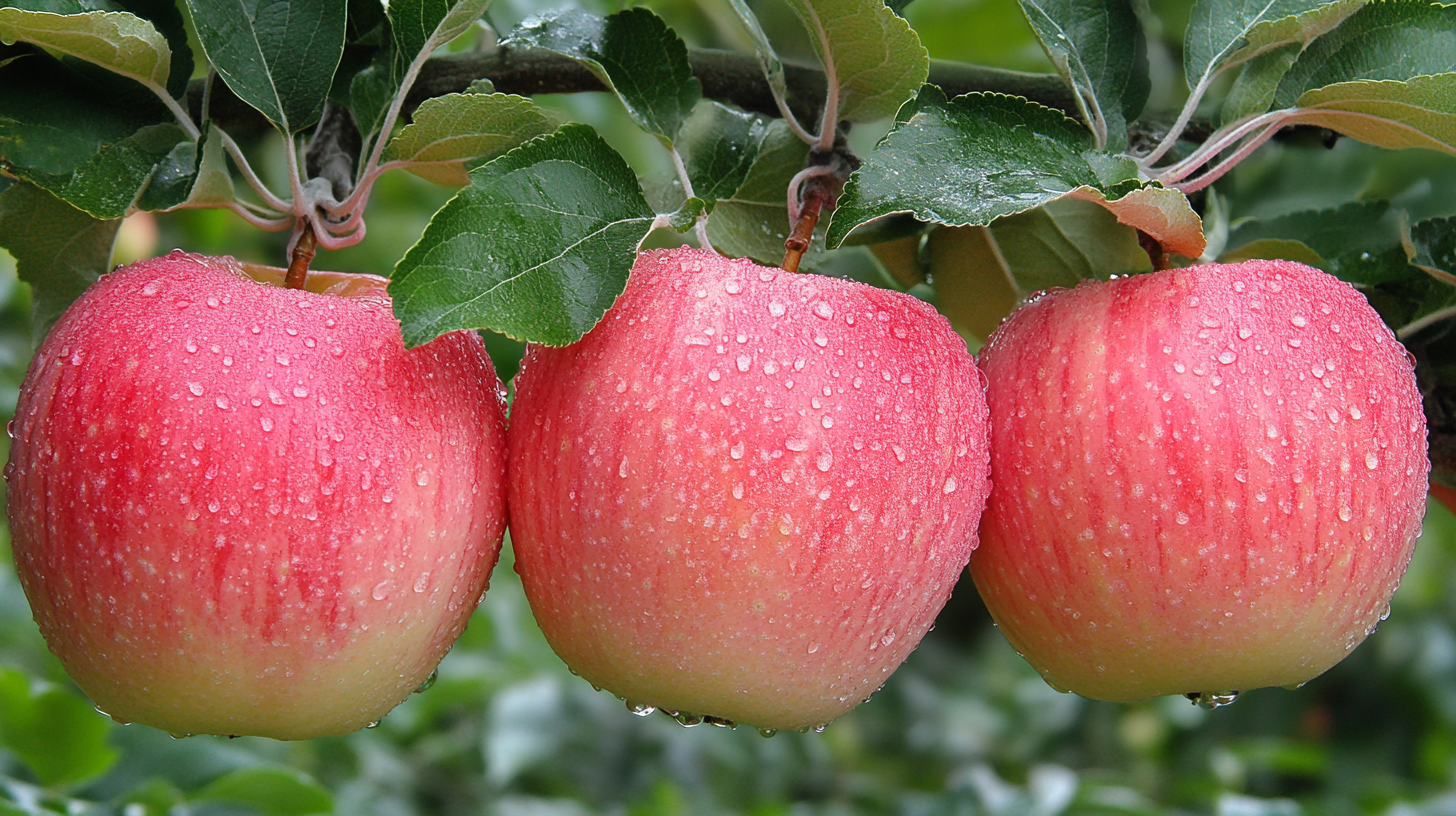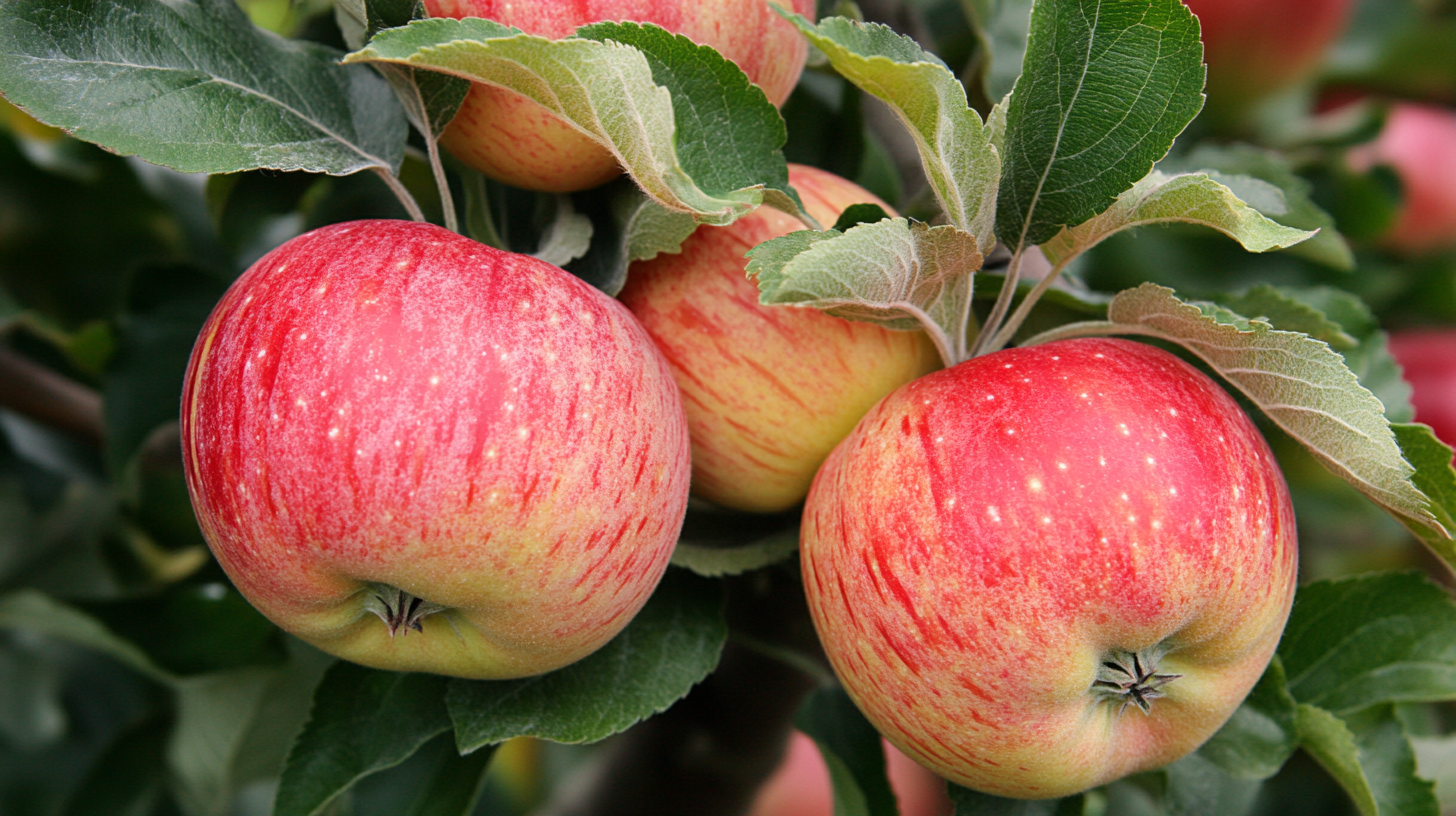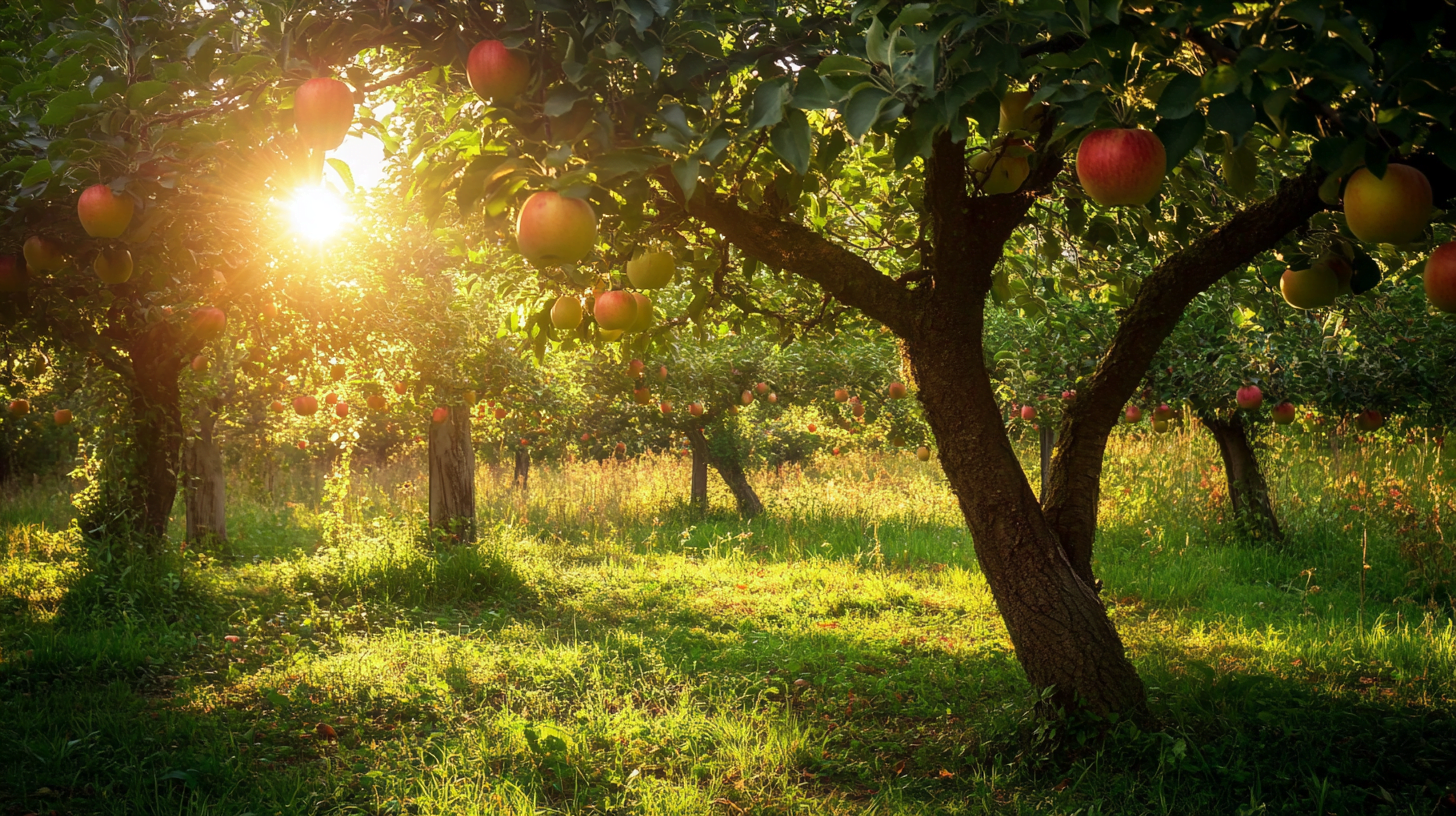Beautiful Plants For Your Interior
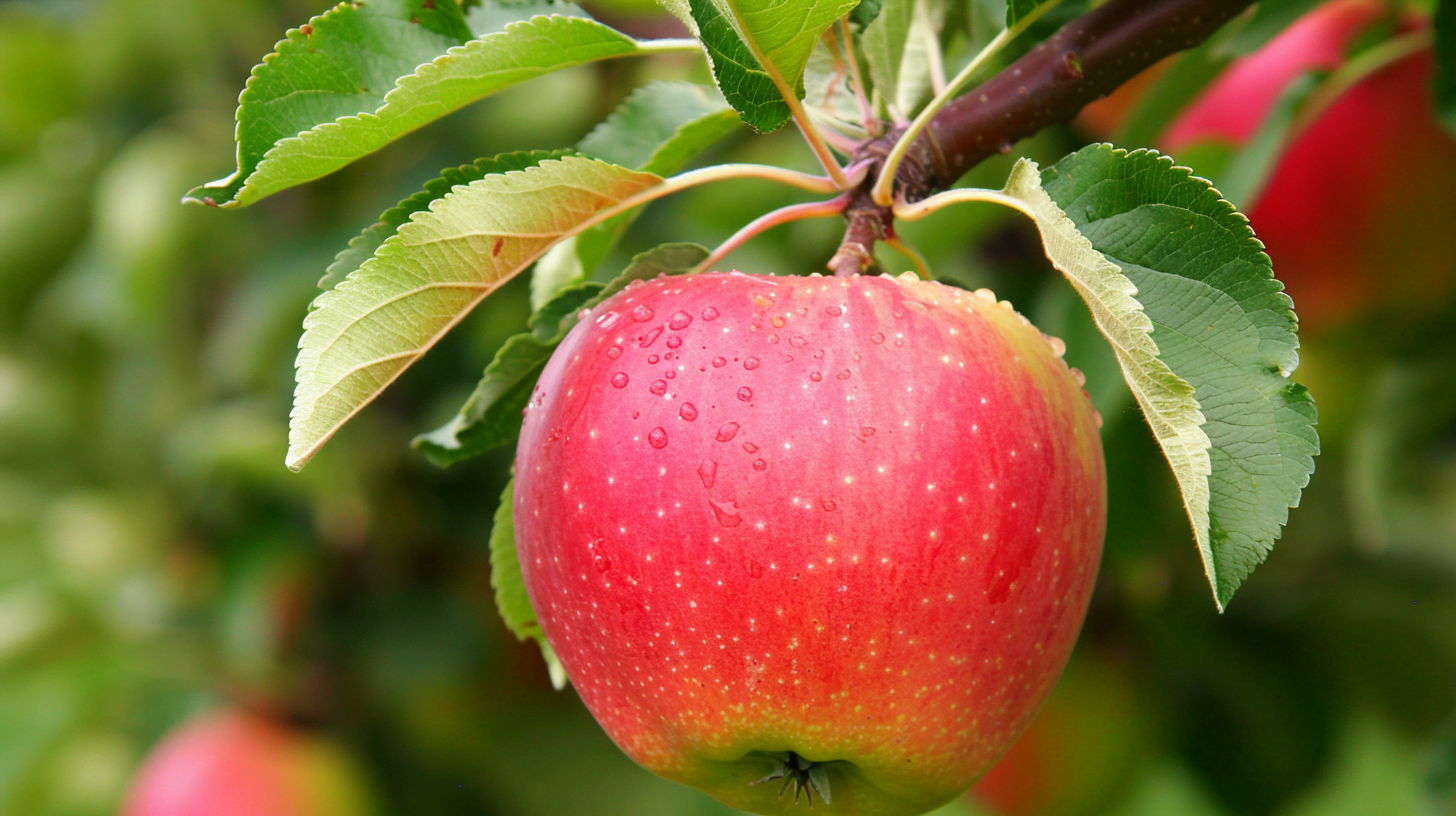
Table of Contents
Apple trees are a delightful addition to any garden, providing fresh, delicious fruit right from your backyard. However, many apple trees require cross-pollination to bear fruit, which means you need more than one tree. But what if you have limited space? Enter self-pollinating apple trees. These varieties can produce fruit on their own, making them perfect for small gardens or urban spaces. In this comprehensive guide, we’ll explore everything you need to know about self-pollinating apple trees.
Understanding Self-Pollination
What Does Self-Pollinating Mean?
Self-pollination occurs when the pollen from the anther (male part) of a flower fertilizes the stigma (female part) of the same flower or another flower on the same plant. This process allows the tree to produce fruit without needing pollen from another tree. In contrast, cross-pollination requires pollen from a different variety of apple tree.
Benefits of Self-Pollinating Apple Trees
- Space-Saving: Ideal for small gardens or urban spaces where planting multiple trees isn’t feasible.
- Consistent Fruit Production: Ensures a reliable harvest each year.
- Ease of Maintenance: Reduces the need for managing multiple trees and simplifies care routines.
Top Self-Pollinating Apple Tree Varieties
Best Self-Pollinating Apple Tree Varieties
Granny Smith
- Description: Known for its tart flavor and bright green skin.
- Growing Conditions: Thrives in full sun and well-drained soil.
- Harvesting Time: Typically harvested in late October.
Golden Delicious
- Description: Sweet, yellow apples that are great for eating fresh or cooking.
- Growing Conditions: Prefers full sun and fertile, well-drained soil.
- Harvesting Time: Ready for harvest in mid-September.
Red Windsor
- Description: A sweet, aromatic apple with a red blush.
- Growing Conditions: Grows well in full sun and well-drained soil.
- Harvesting Time: Harvested in early September.
Egremont Russet
- Description: Known for its nutty flavor and russeted skin.
- Growing Conditions: Requires full sun and well-drained soil.
- Harvesting Time: Typically harvested in late September.
Braeburn
- Description: Crisp, firm apples with a balanced sweet-tart flavor.
- Growing Conditions: Prefers full sun and well-drained soil.
- Harvesting Time: Harvested in late October.
Partially Self-Pollinating Apple Trees
What Are Partially Self-Pollinating Apple Trees?
Partially self-pollinating apple trees can produce fruit on their own, but their yields are significantly higher when cross-pollinated with another variety.
Examples of Partially Self-Pollinating Apple Trees
- Cortland
- Empire
- James Grieve
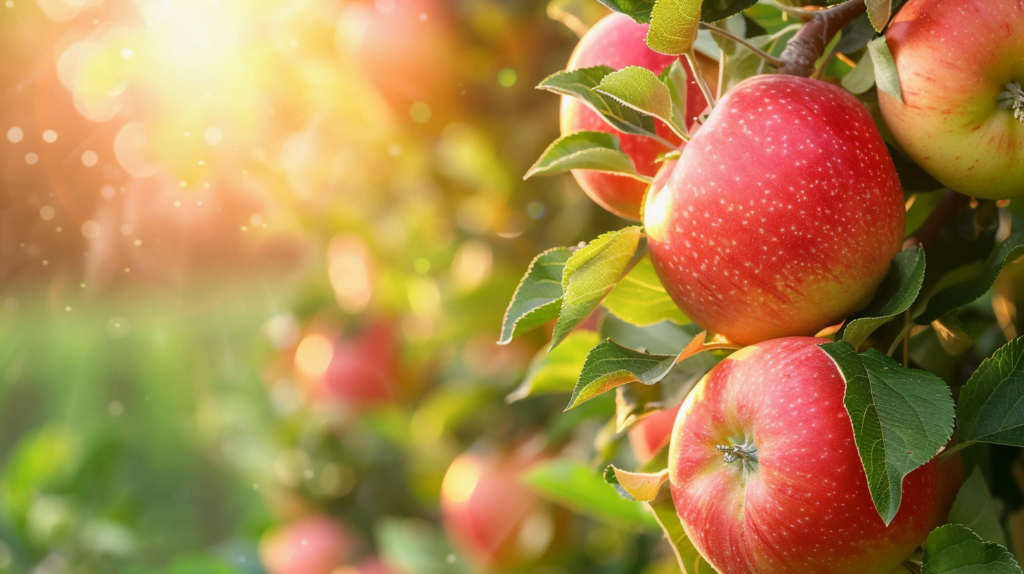
Planting and Caring for Self-Pollinating Apple Trees
How to Plant Self-Pollinating Apple Trees
- Choosing the Right Location: Select a sunny spot with well-drained soil.
- Soil Preparation: Enrich the soil with compost or well-rotted manure.
- Planting Tips: Dig a hole twice the width of the root ball and just as deep. Place the tree in the hole, backfill with soil, and water thoroughly.
Caring for Your Self-Pollinating Apple Trees
- Pruning and Training: Prune annually to maintain shape and remove dead or diseased wood.
- Fertilization and Feeding: Apply a balanced fertilizer in early spring.
- Pest and Disease Management: Monitor for common pests like aphids and diseases like apple scab. Use organic or chemical treatments as needed.
Maximizing Fruit Production
Tips for Maximizing Fruit Production in Self-Pollinating Apple Trees
- Proper Pollination: Even self-pollinating trees benefit from having additional pollinators nearby.
- Improving Fruit Set and Quality: Thin the fruit in early summer to ensure larger, healthier apples.
Common Questions About Self-Pollinating Apple Trees
FAQs About Self-Pollinating Apple Trees
Can self-pollinating apple trees benefit from cross-pollination?
Yes, even self-pollinating varieties can produce more and better-quality fruit when cross-pollinated with another variety.
How close should apple trees be planted for optimal pollination?
For best results, plant apple trees within 50-100 feet of each other.
What are the best conditions for growing self-pollinating apple trees?
Self-pollinating apple trees thrive in full sun, well-drained soil, and with regular watering and fertilization.
How long does it take for self-pollinating apple trees to bear fruit?
Most self-pollinating apple trees begin to bear fruit within 2-4 years of planting.
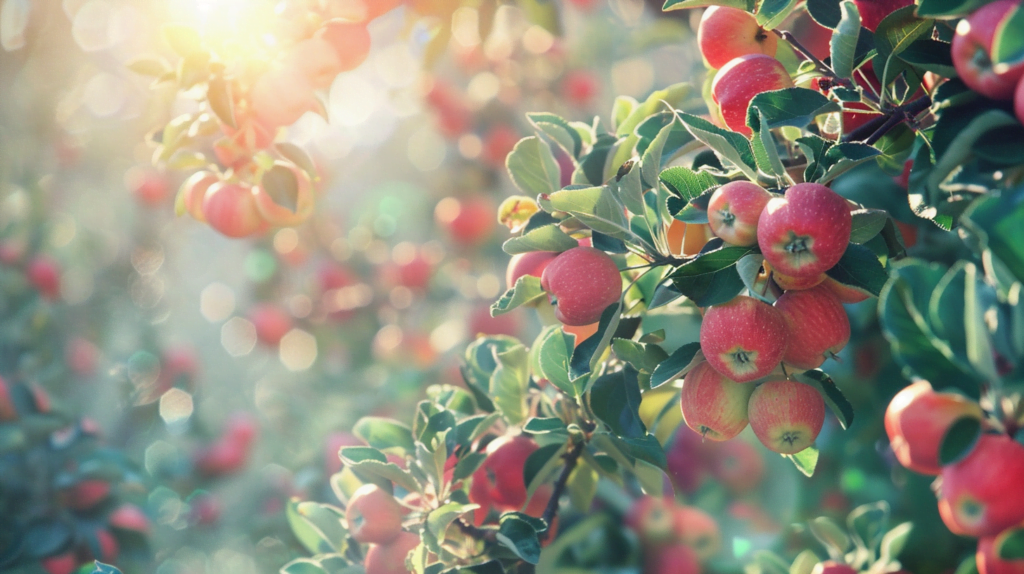
Conclusion
Self-pollinating apple trees offer a convenient and space-saving solution for home gardeners who want to enjoy fresh apples without the need for multiple trees. By choosing the right variety and providing proper care, you can enjoy a bountiful harvest year after year. Whether you have a small garden or limited space, self-pollinating apple trees are a fantastic addition to your home orchard.
Additional Resources
- Further Reading: Explore more about apple tree care and maintenance.
- Purchasing Self-Pollinating Apple Trees: Check out local nurseries or online stores for the best varieties.
- Expert Advice: Contact local horticultural experts for personalized guidance.
Ready to Plant Your Own Self-Pollinating Apple Tree?
Start your apple tree garden today and enjoy the benefits of fresh, home-grown apples. Share your experiences and questions in the comments below!
By following this guide, you’ll be well on your way to growing and enjoying your own self-pollinating apple trees. Happy gardening!
